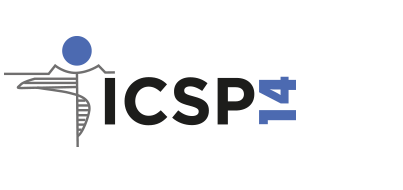14th International Conference on Shot Peening
Abstract [90]
A. Madariaga, A. Garay, E. Sáenz de Argandoña, P.J. Arrazola, A. Wojtas, M. Gawlik
Mondragon Uniberstitatea, Faculty of Engineering, Loramendi 4, Arrasate-Mondragón, Spain, amadariaga@mondragon.edu
METLAB-PROTO Manufacturing Europe, Awicenny 14, Wroclaw, Poland, biuro@metlab.eu
Introduction
Aero-engine critical components are subjected to severe cyclic mechanical loads in service that can lead to early fatigue failure if the surface integrity (residual stresses, surface topography, microstructure, microhardness) is poor. Therefore, manufacturers frequently apply shot peening on the surface of these components to generate compressive residual stresses that prevent early crack initiation and propagation. Machine hammer peening has been proposed to improve the surface integrity of components used in aero-engine industry [1]. In particular, they used piezoelectric actuators. Alternatively, we can find pneumatic actuators in the market that are significantly cheaper than piezoelectric. There are limited works that analyse the surface condition after pneumatic hammer peening on nickel-based alloys used in critical aero-engine components [2].
Objectives
The paper is aimed at analysing the effect of pneumatic hammer peening on the surface integrity of Inconel 718 workpieces, a material widely used in the aero-engine industry. The results will allow identifying the process parameters that lead to an enhanced surface integrity and therefore, improved functional performance (fatigue behaviour and corrosion behaviour) of the final part.
Date
19 Novembre 2022

